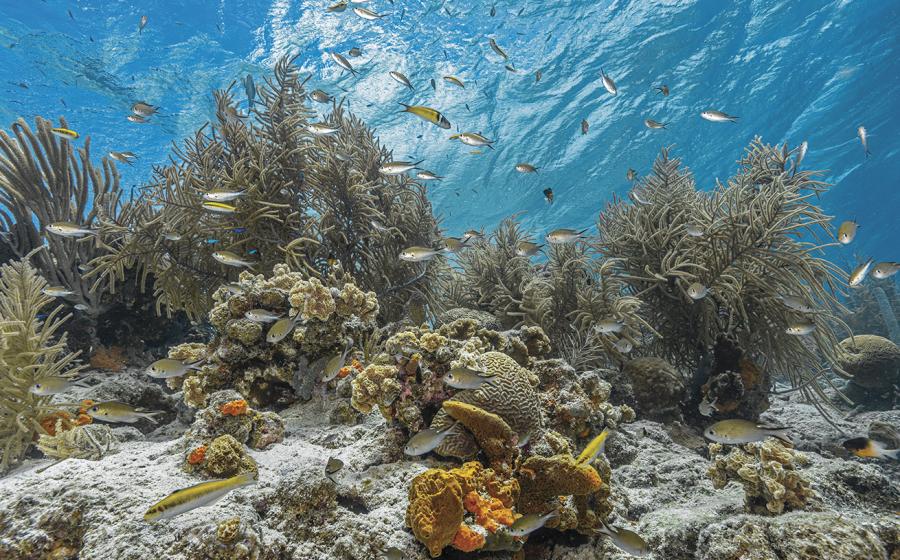These Liveaboards Have Amazing Land Adventures Too
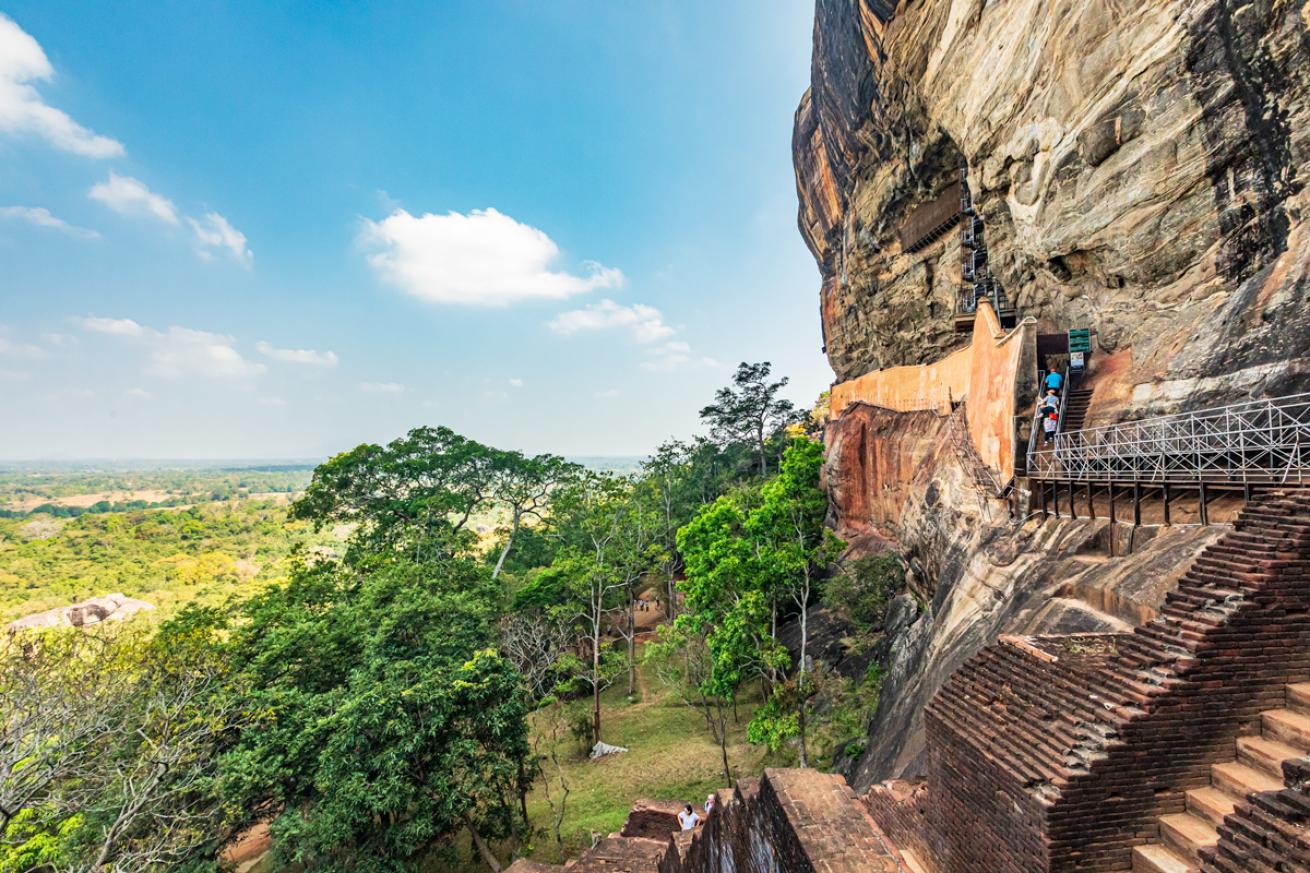
Michelle WestmorelandThe ancient rock fortress Sigiriya.
Aggressor Safari Lodge
Sri Lanka
Think “safari” and Sri Lanka, a 25,000-square-mile island nation south of India, likely doesn’t spring to mind. But it should. This equatorial destination is home to Asian elephants, sloth bears, leopards, monkeys, jackals and 452 bird species—all of which can be seen at the Aggressor Safari Lodge just outside the Wilpattu National Park in the northwestern part of the country. For guests sailing on Maldives Aggressor II, this excursion can be added on as a seven-day, six-night trip, starting by flying into the capital city of Colombo.
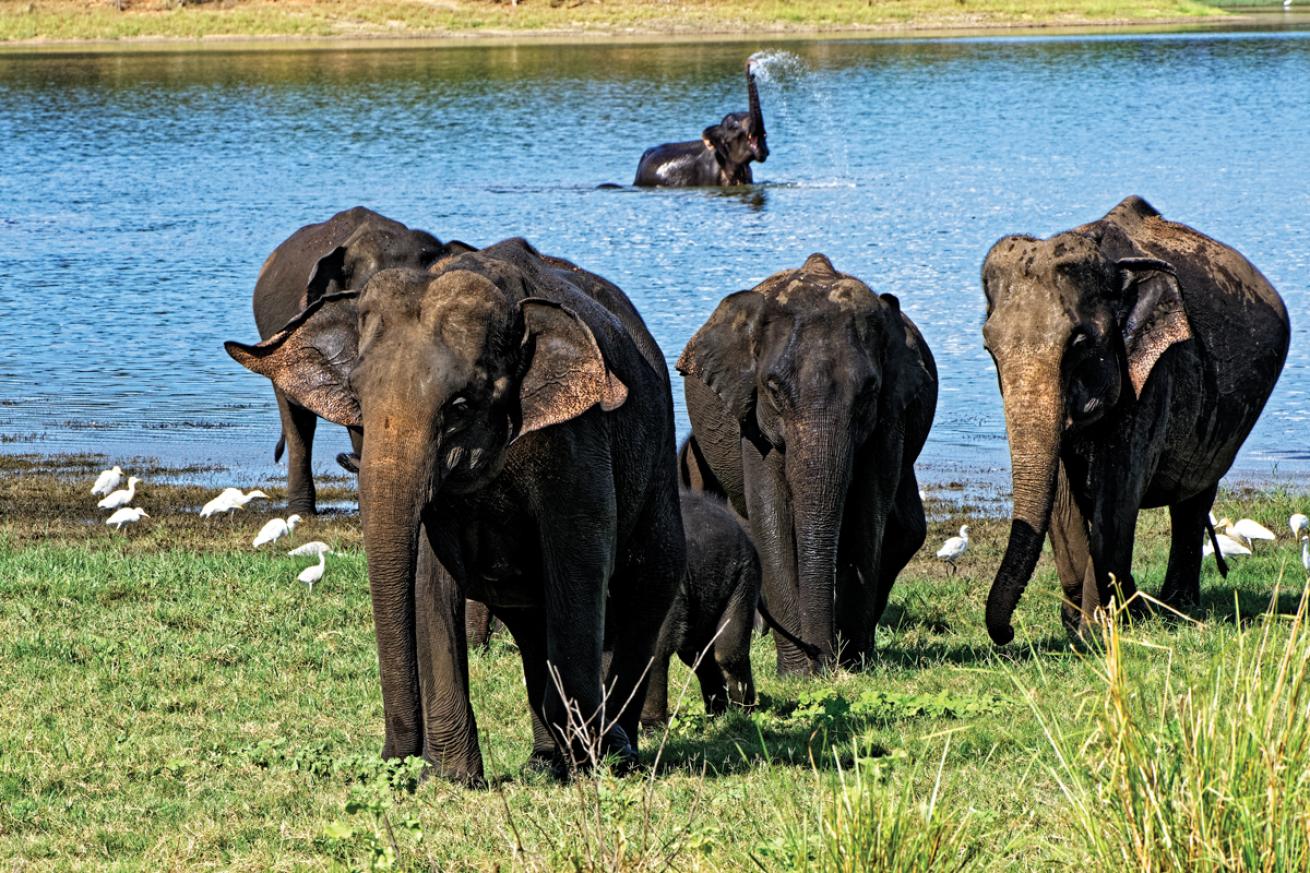
Courtesy AggressorAsian elephants.
Like most safaris, days are devoted to driving on dirt roads and through lowlands via open-air jeeps to lay eyes on animals as they get their fill of water, food and rest. Private local guides lead the outings, keeping track of local migrations and movements to maximize encounters. Guides also explain behaviors, pointing out things like symbiotic interplay of species or protective behaviors used to signal the herd.
Weekly itineraries also include visits to Buddhist temples and religious sites, such as stupas, which protect and house remains of Buddhist monks as well as sacred texts and artifacts.
Visits to the UNESCO World Heritage city of Anuradhapura include time at the Jetavanaramaya stupa—the tallest of the ancient world.
At day’s end, guests retire to one of eight private tented chalets.
“If you’ve never stayed in a tented safari lodge, you may not realize how luxurious a tent can be,” says Wayne Brown, CEO of Aggressor Adventures.
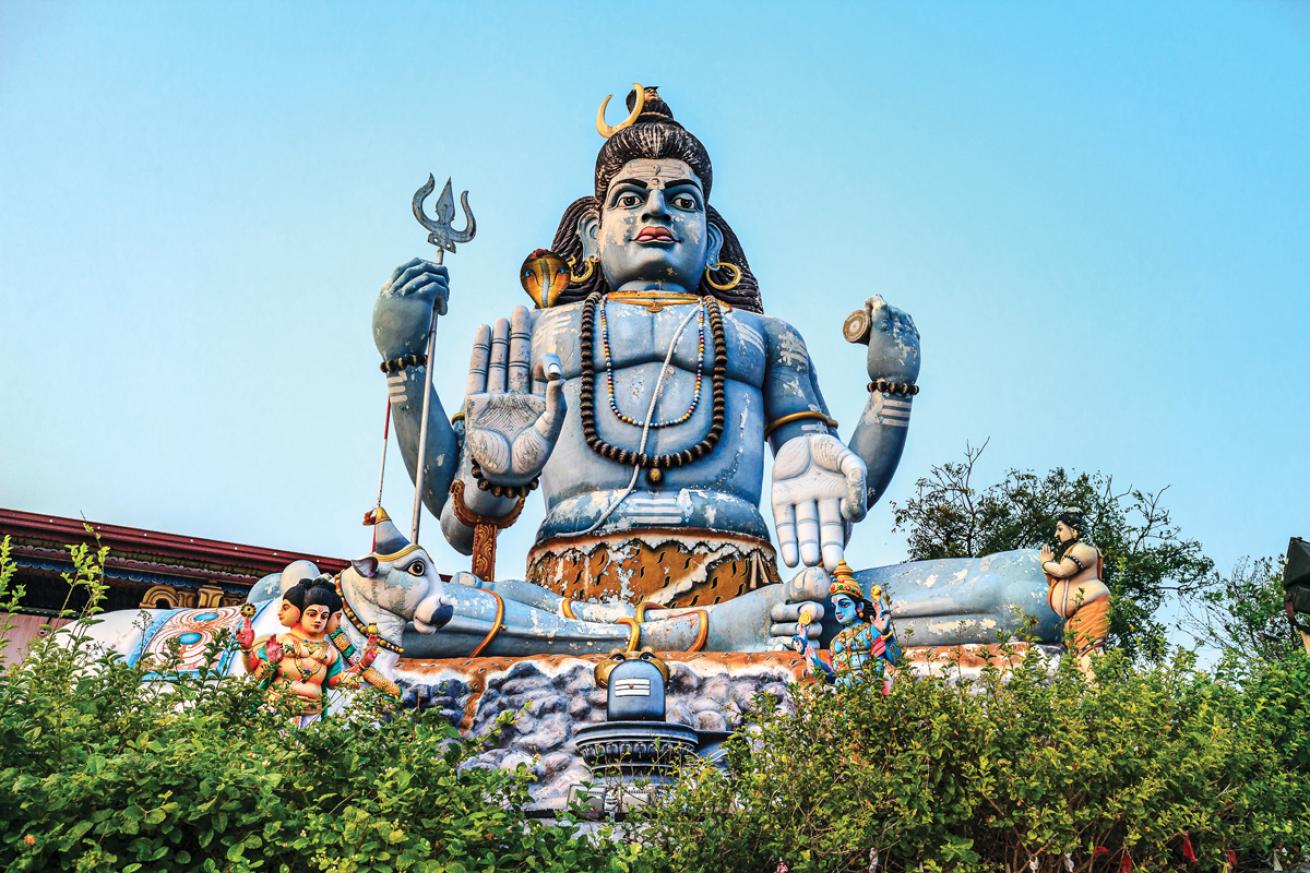
Tobias Friedricha Hindu statue at Koneswaram Temple in Trincomalee.
The tented chalets deliver modern comforts, such as air conditioning and memory-foam mattresses, but also, thanks to their covered porches overlooking a local watering hole, offer the opportunity to watch wildlife, even while drinking morning coffee or a sundowner cocktail.
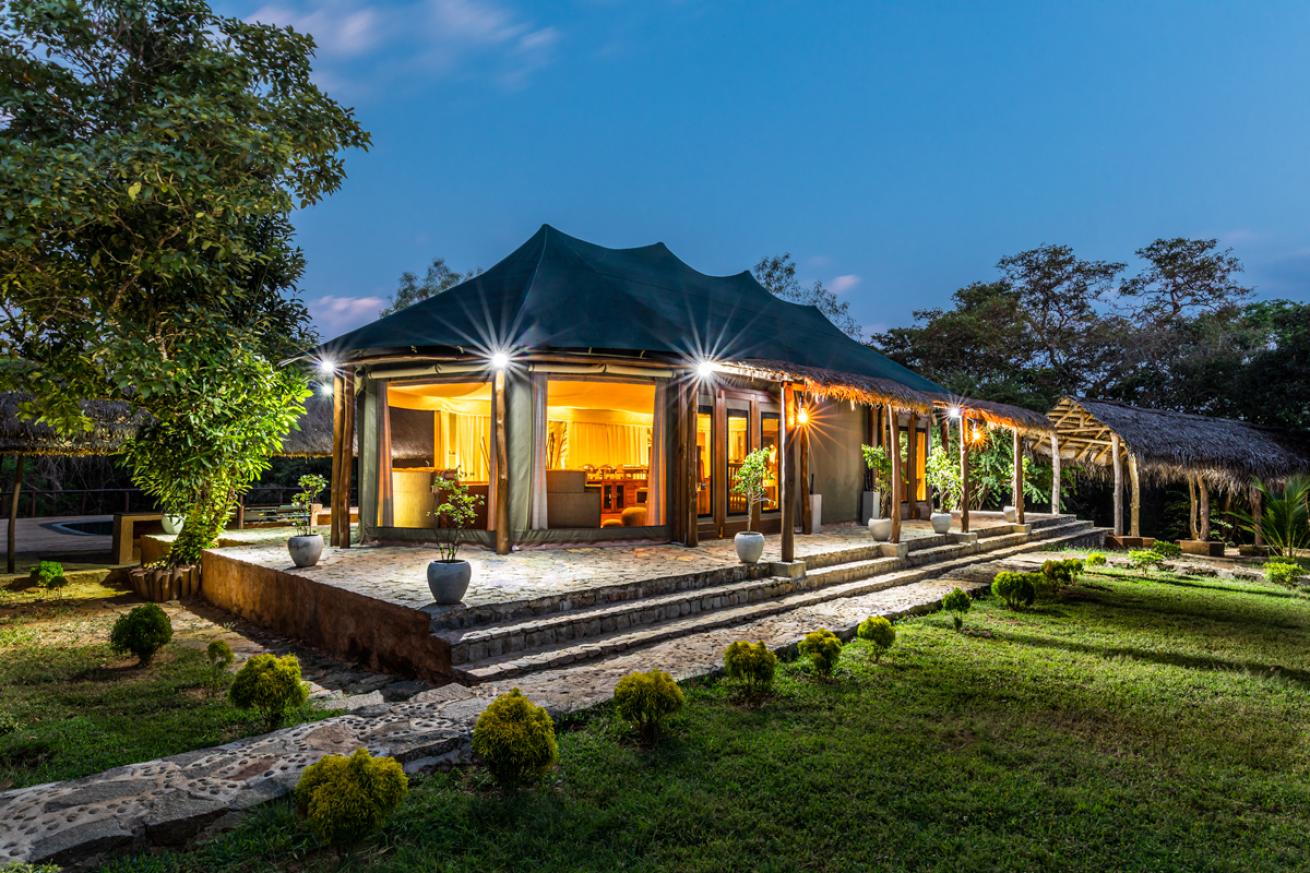
Michele WestmorelandA tented chalet at the Aggressor Safari Lodge.
- Climate Expect the hot and humid weather typical of the tropics.
- What To Bring Light colored, quick-dry clothing. For women, carry a lightweight shawl or scarf to cover shoulders, which is required at UNESCO World Heritage Sites.
- Trip Tips GoPro cameras and binoculars are available for rent should you want to save your luggage real estate for other items.
- When To Go Sri Lanka enjoys a relatively consistent climate; however, rainfall is heaviest in December and January.
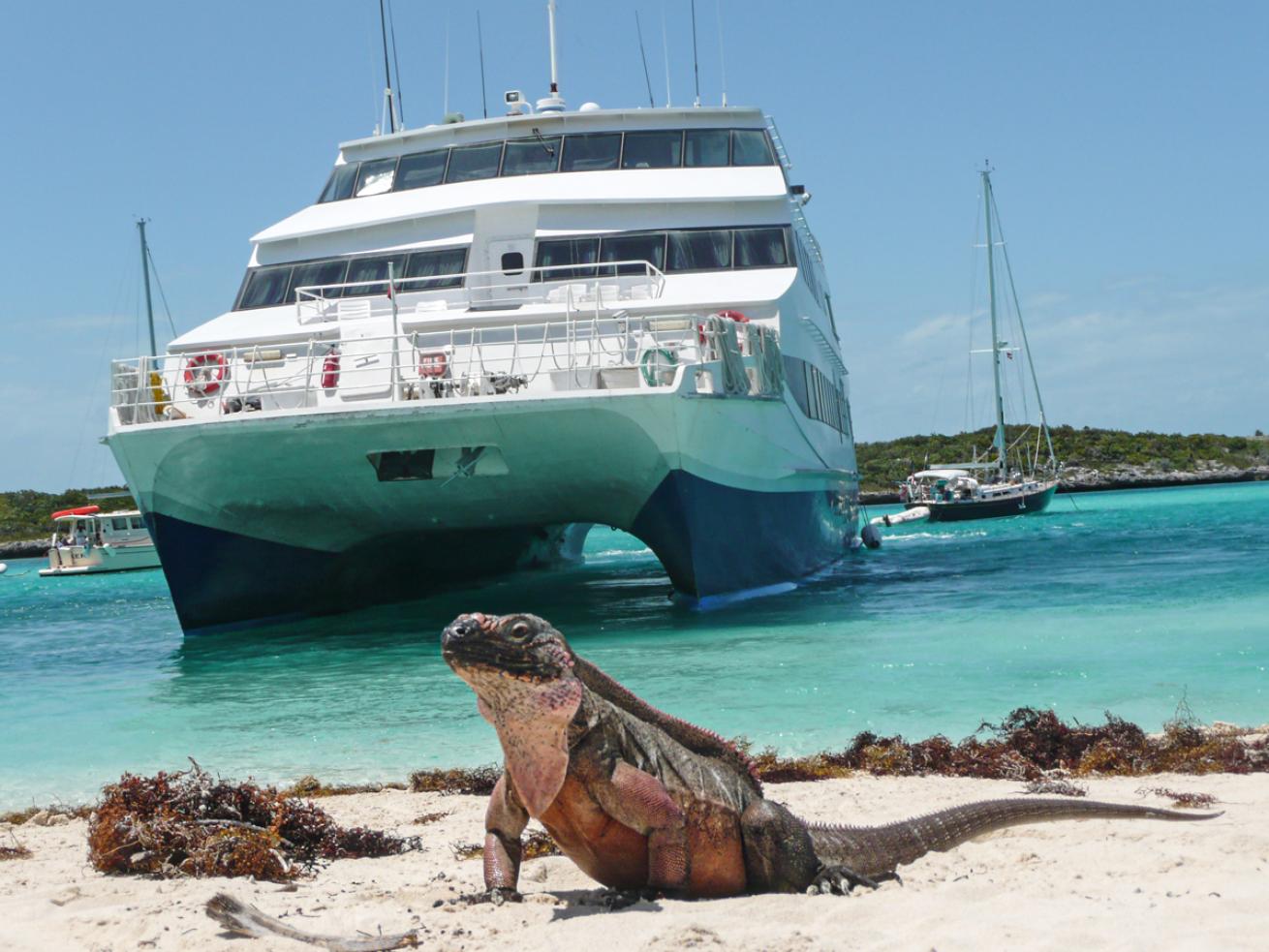
Courtesy All Star LiveaboardsAn iguana on Allen Cay, with Aqua Cat just offshore.
Pig Beach
Bahamas
Guests on the Bahamas-based M/V Aqua Cat, part of the All Star Liveaboards fleet, vote on whether to set sail for Pig Beach, the much-photographed hotspot on Big Major Cay in the Exumas. But they’ll only visit if the boat unanimously says yes.
Otherwise, the best option is to fly from Nassau to Staniel Cay, booking a night or two at one of the 13 bungalows belonging to Staniel Cay Yacht Club, just 15 minutes by speedboat to the hogs. The resort is a self-contained boat- man’s paradise, from the full-service marina to the for-rent Boston Whalers available to guests. Those who prefer not to be at the helm can organize a drop-off through the resort, as well as a picnic lunch—perhaps a lobster salad or club sandwich. By request, the kitchen staff will also pack scraps for the pigs so the quarry stays entertained in front of the lens.
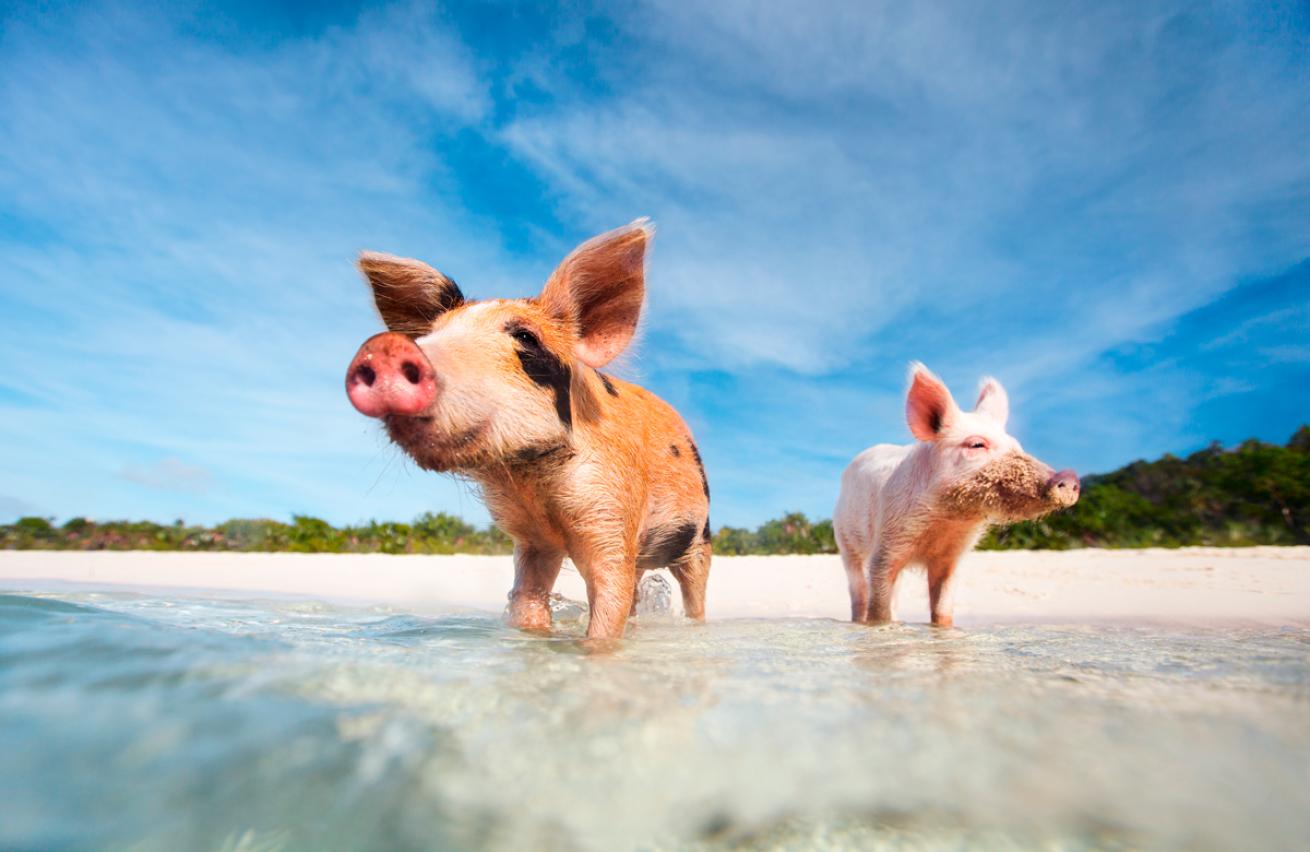
BlueOrange Studio/Shutterstock.comIt doesn’t get any cuter than Pig Beach’s namesake residents.
“It’s fun and it’s funny to see these pigs and watch as they swim up to your boat,” says Kevin Purdy, of All Star Liveaboards. “It really is a novelty.”
The pigs have grown accustomed to tourists, readily ponying up their attentions for nibbles. A bonus is that the water here, like everywhere else in the Bahamas, is so clear that it makes for crisp over-under shots featuring the pigs’ legs working beneath the waterline.
There’s much more to see than just this one cove. The Exumas are a constellation of unique attractions, including sandbars stretching nearly a mile long, a beach overrun by iguanas, and the underwater cave system known as Thunderball Grotto. “It’s really about the whole area,” says Purdy.
- Climate The Bahamas is subtropical, dipping to the high 60s in winter.
- Trip Tips If tacking on a trip to Staniel Cay, don’t necessarily buy round-trip airfare from Nassau. Instead, consider flying from Fort Lauderdale to Nassau, Nassau to Staniel, and Staniel to Fort Lauderdale. Several airlines, including Staniel Air and Makers Air, travel to Staniel.
- When To Go Summer’s greater hours of daylight make the trip much more likely, and make enjoying the beaches much nicer.
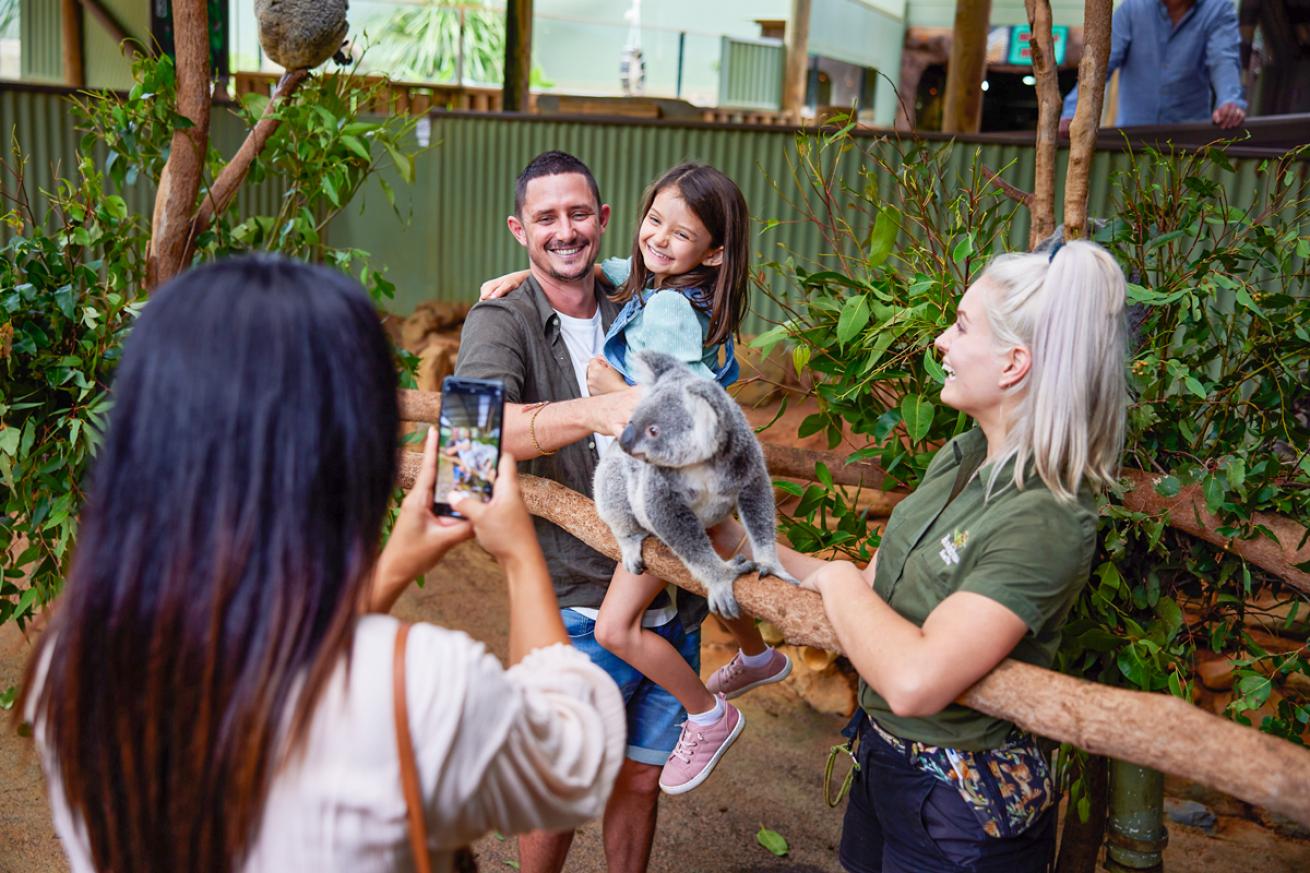
Courtesy Mike Ball Dive ExpeditionsA koala at Rainforestation Nature Park.
Kuranda Village
Queensland, Australia
If the nearly 13,000 square miles of rainforest in Queensland, Australia, seem too overwhelming, consider Kuranda Village, located 18 miles northwest of the city of Cairns—the jumping-off point for liveaboards like Mike Ball Dive Expeditions’ Spoilsport visiting the Great Barrier Reef.
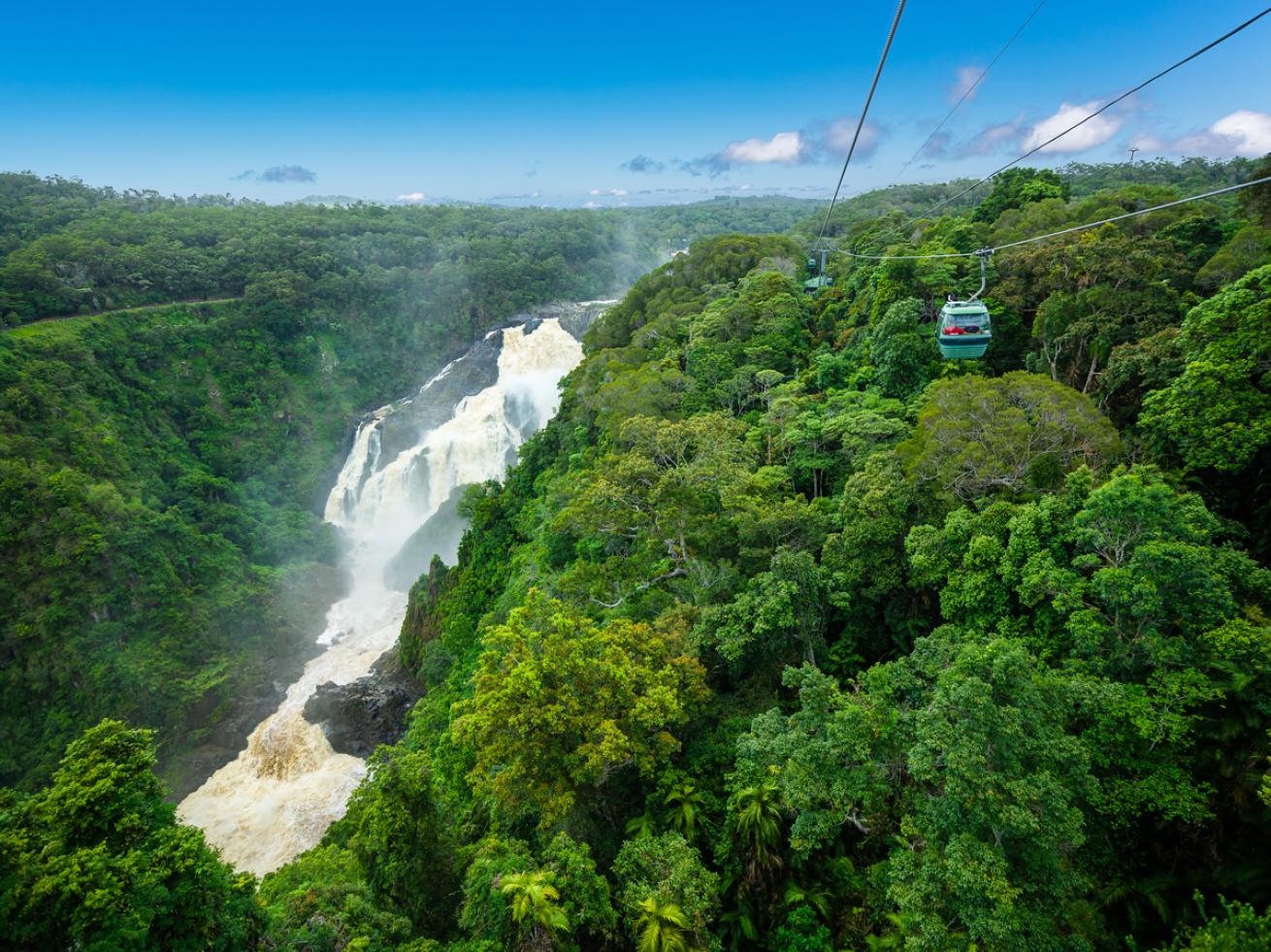
Courtesy Skyrail Rainforest CablewayView of Barron Falls from the Skyrail Rainforest Cableway.
Kuranda Village, tucked up in the green mountains more than 1,000 feet above sea level, is a collection of attractions that add up to a choose-your-own-adventure style of day trip. There are several transit options to reach the destination, but the Kuranda Scenic Railway is the most dramatic, slowing as it passes just a few feet from the cascading Stoney Creek Falls.
The train makes a complete stop for a breathtaking photo op at the towering Barron Falls.
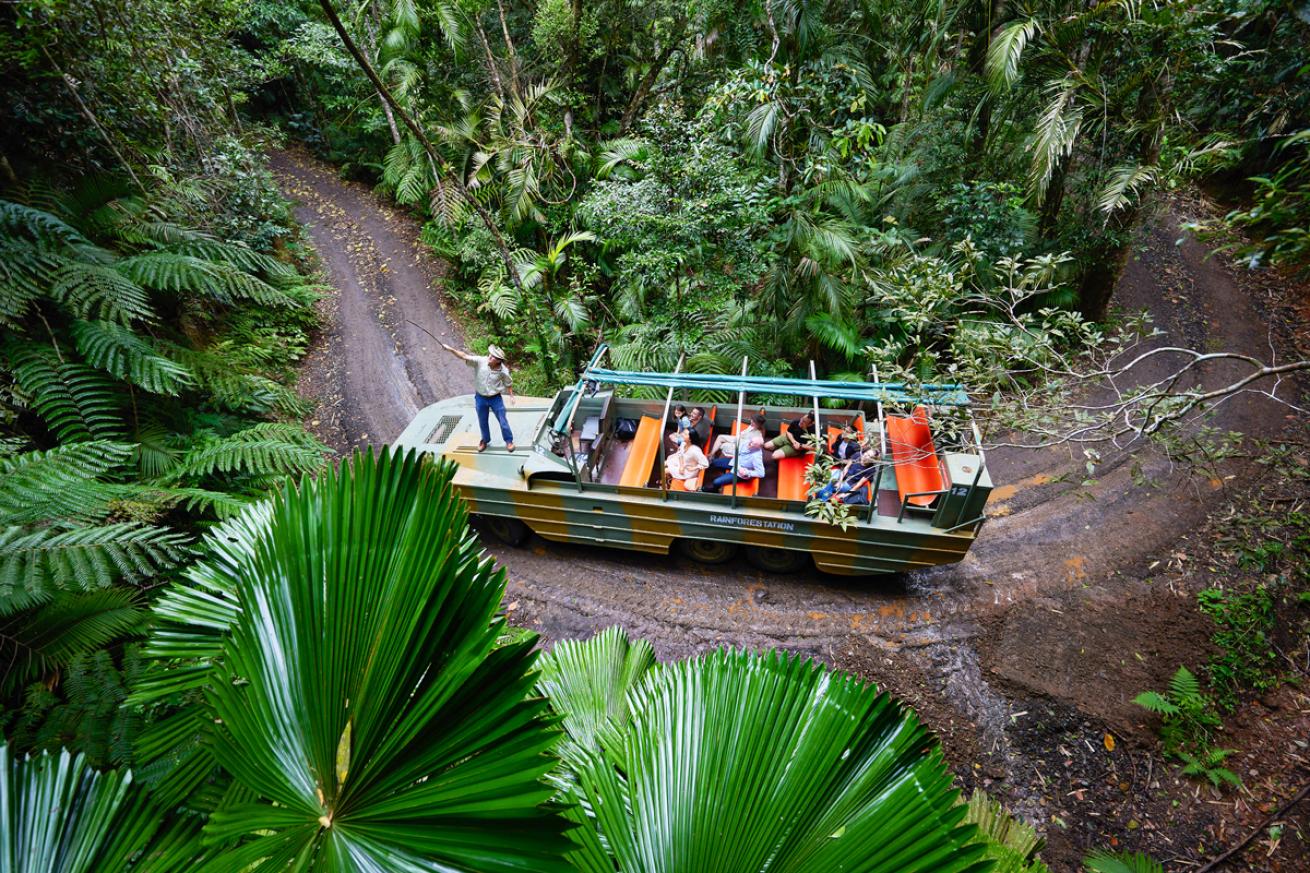
Courtesy Skyrail Rainforest CablewayA jungle tour aboard an amphibious vehicle.
“The train isn’t for everyone,” says Dorothy Johnson, part of the reservations team with Mike Ball Dive Expeditions, “You can swap the train or the Skyrail for a bus for anyone who has a fear of heights.”
Once at Kuranda, the options include jungle tours, up-close animal encounters, gallery shopping and more. At the Koala Gardens, guests can hold the marsupials for an added cost. An Army Duck tour aboard an amphibious truck allows for sightings of wallabies, Tasmanian devils and dingos.
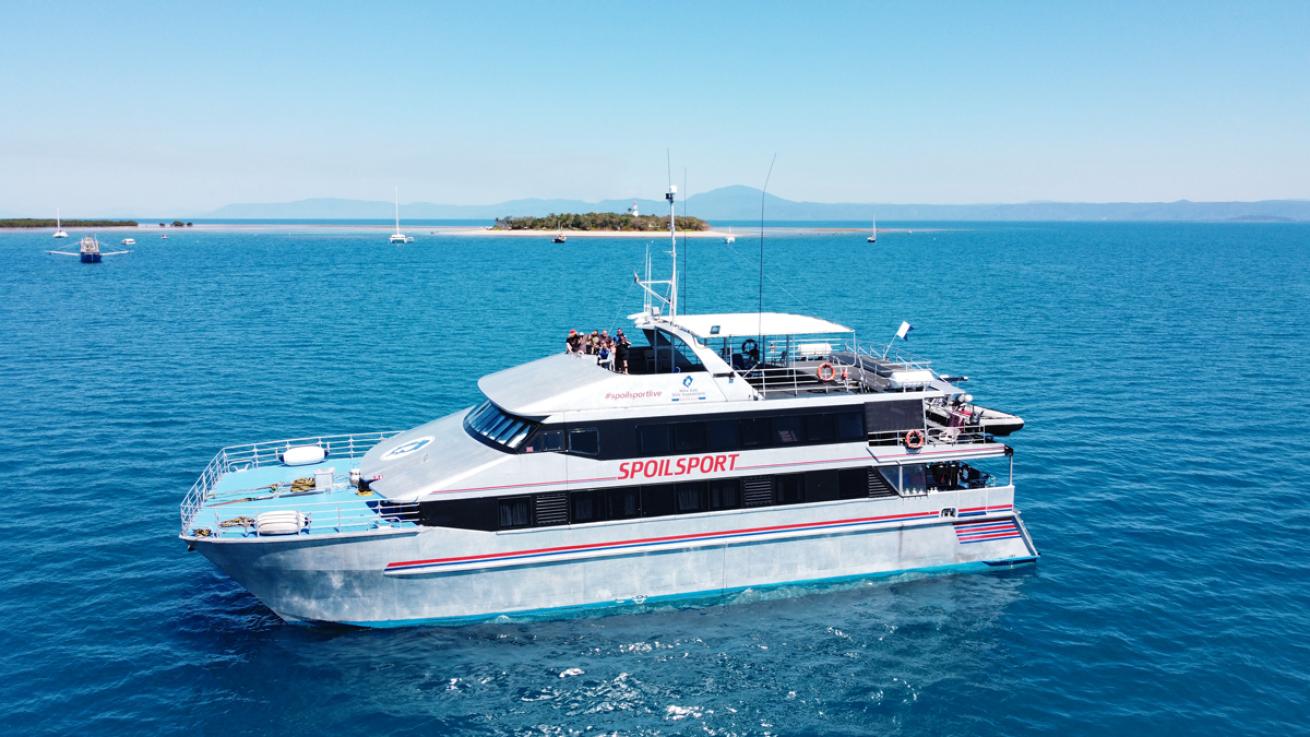
Courtesy Skyrail Rainforest CablewayM/V Spoilsport.
“The Tasmanian devils are cute and truly unique,” says Johnson of the toothy carnivorous marsupial thought to be re- lated to possums. “They’re not often seen because many zoos do not have these animals.”
Trek an additional 10 minutes by bus and reach the Rainforestation Nature Park, where demonstrations of local dances as well as boomerang and spear throwing are in the mix.
Add it all up, and “it’s one of the most iconic things to do here in Cairns,” says Johnson.
- Climate The rainforest canopy keeps temperatures cool at 85 degrees in summer (February) and 73 degrees in winter (July).
- What To Bring For those who plan to do a bit of hiking in the rainforest, a re- tractable walking stick can increase stability and enjoyment.
- Trip Tips Unlike many countries, Australia offers the chance to buy locally made items unique to the destination, including opal jewelry, boomerangs and Aboriginal artwork.
- When To Go Conditions are best at the Great Barrier Reef June to October.
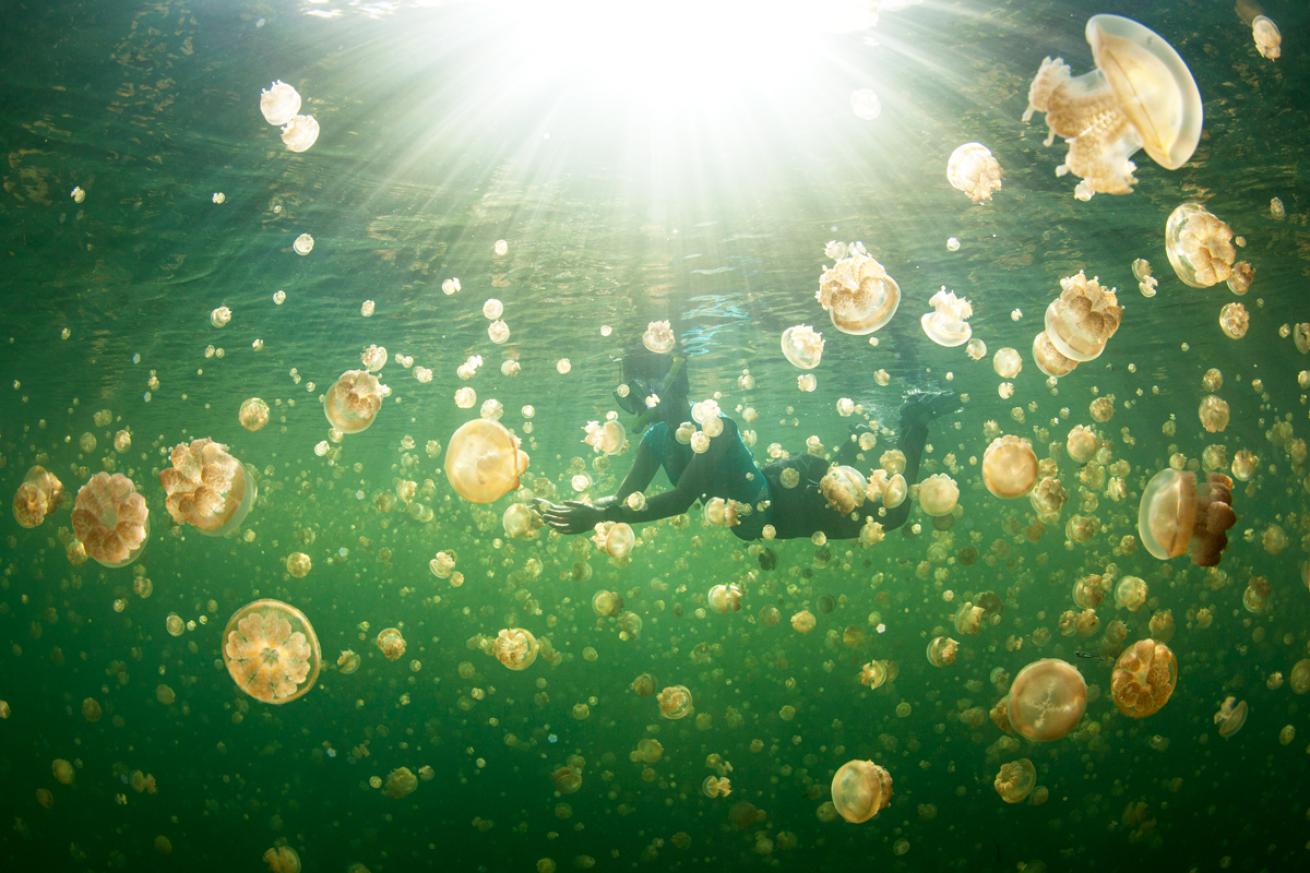
Manasaweeu/Shutterstock.comThe golden jellyfish is a subspecies found only in the marine lake on Palau’s Eil Malk island, easily seen on a day trip from a liveaboard such as M/Y Black Pearl.
Jellyfish Lake
Palau
You can tell time by the golden jellyfish living in the lake found on Palau’s Eil Malk island, part of the uninhabited Rock Islands. This species lives only in this singular lake, and the whole population moves with the sun to maximize their light exposure to help the symbiotic algae living within their bodies. From early morning to 9:30 a.m., they undulate to the eastern basin. As the sun moves overhead, so too do the jellies, collecting at the western basin around 2:30 p.m.
It’s a phenomenon that the staff of M/Y Black Pearl, part of the Pearl Fleet of liveaboards, offers their guests the chance to witness on each of their eight-day, seven-night Palau sailings. Staff join the day trip, guiding the 15-minute walk through the jungle to the marine lake, one of 70 in the Rock Islands.
Once in the lake, the swim with the jellyfish is a surprising experience. “Most people are scared at first, and that is a very normal and understandable feeling,” says Sophie Bugliosi, general manager of the Pearl Fleet.
But once in the water with these stingless animals, guests tend to quickly relax and take in the moment. “This is one of the most peaceful experiences you can have— to see a ballet of jellyfish around you, moving slowly and gracefully, is captivating and almost mesmerizing!” she says.
The trip is also a chance to consider the human impact on nature’s delicate balance. The lake was closed for two years, starting in 2017 and reopening in 2019, giving the population a chance to recover its then-declining numbers. The pandemic was also a time for the 12,000-year-old lake to rebound while Palau was largely closed to tourism, opening in September 2021.
“Visiting Jellyfish Lake is important in reminding people of the complexity and fragility of our ecosystems and underwater world,” says Bugliosi.
- Climate Palau’s temperature doesn’t change much throughout the year, averaging 83 degrees.
- What To Bring A drone allows the opportunity to fully capture on film the uniqueness of Palau’s islands and the hues of the water.
- Trip Tips Given that this destination is such an outlier—10 hours by plane from Hawaii—many travelers add on days in either of these destinations, or nearby Micronesia.
- When To Go Time your dive trip with either the full or new moon to witness fish spawnings.
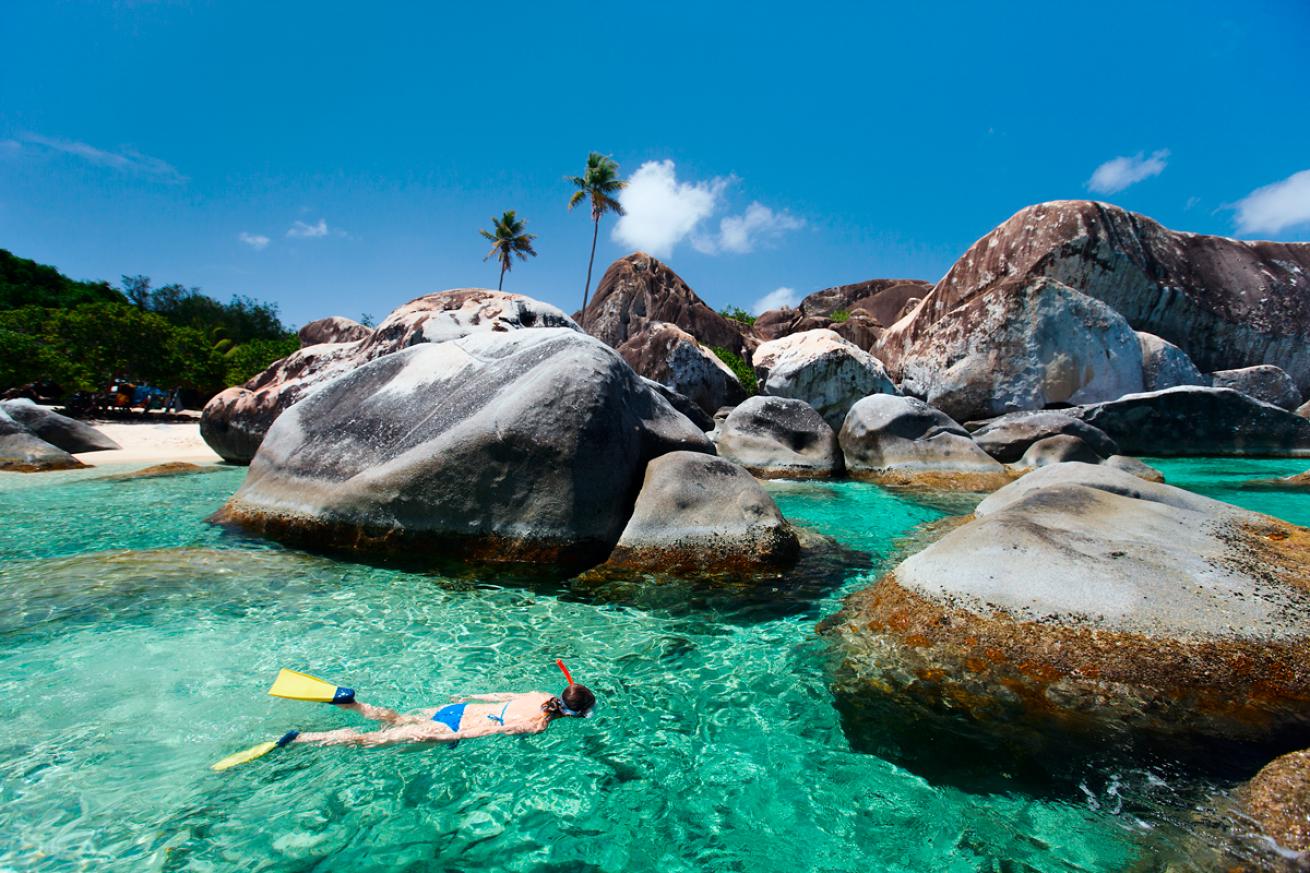
BlueOrgange Studio/Shutterstock.comThe Baths National Park on Virgin Gorda offers many ways to explore its awe-inspiring volcanic features and crystal-clear waters.
The Baths
British Virgin Islands
The collection of towering granite boulders known as the Baths is arguably the most dynamic natural wonder in the Caribbean. Officially the Baths National Park, this volcanic-formed attraction sits on the southern tip of Virgin Gorda, and today is the most photographed spot in the British Virgin Islands.
“Every time you go, it can feel like an entirely different experience because of the light and how it comes through,” says Jeff McNutt, assistant operations manager of Aggressor Adventures as well as the director of operations of the scuba and day-tour company Dive BVI.
Constant winds can make for bigger waves and dramatic sprays where the rocks meet the waterline. Calmer days mean perfect water clarity and snorkeling so easy that even young kids can explore safely. Regardless of the elements, the place stays popular for its warren of passageways leading to high overlooks, private grottoes and, of course, the temple-like space known as the Cathedral, where flat boulders lean against each other to create a lean-to through which light spills like that through church windows. Many such hideaways, not just the Cathedral, evoke a feeling of reverence.
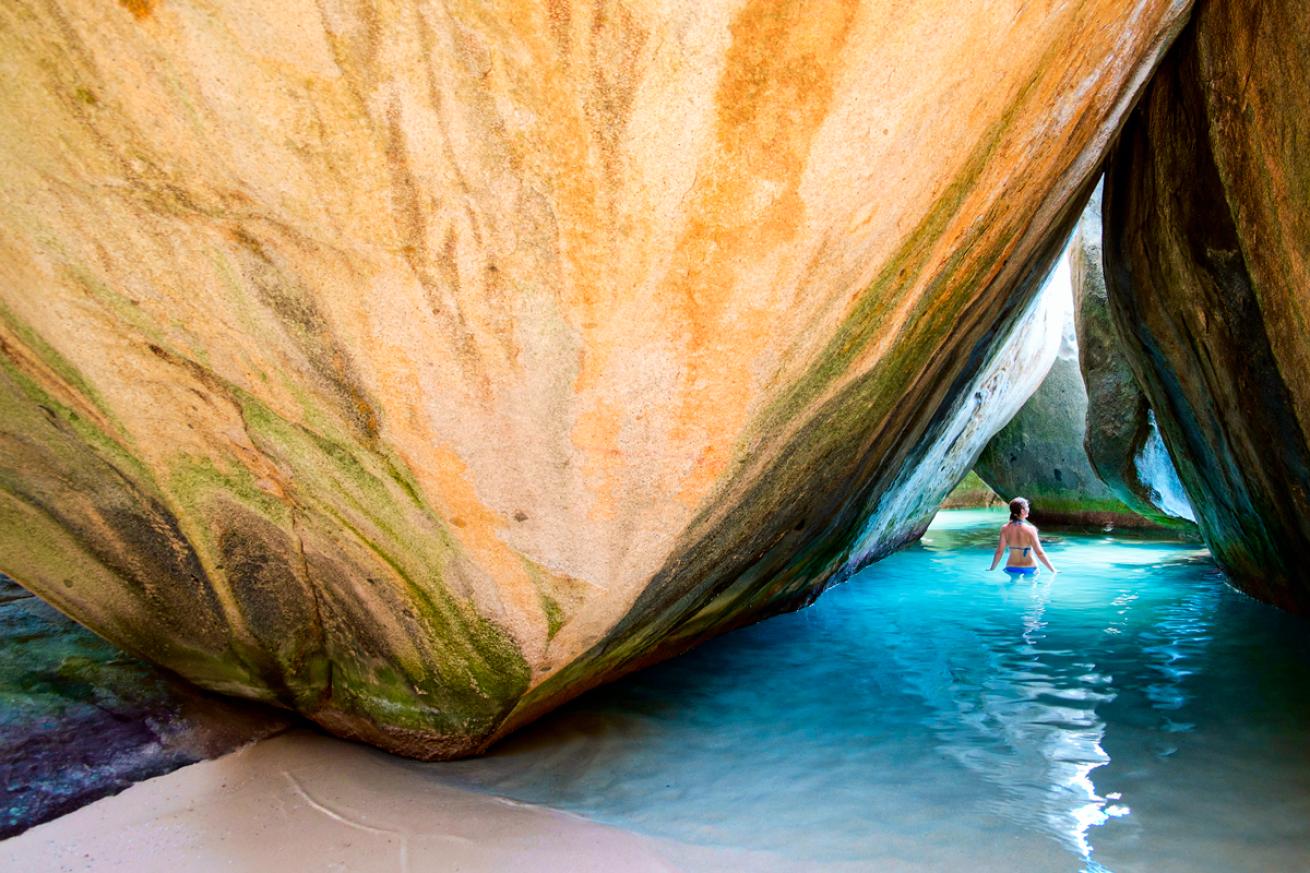
BlueOrange Studio/Shutterstock.comA woman explores the boulder caves at The Baths.
“It’s hard to feel anything but small in terms of being a human next to these boulders that are bigger than your house, shaped by nature over the last 2 million years or so,” says McNutt.
However, the biggest variable is the time of day one visits. Operators like Dive BVI time the tour so that their groups arrive as early as possible, well before the throngs of cruise-shippers descend upon the attraction.
- Climate Air temperatures stay between 79 and 89 degrees. Do note that hurricane season extends June to November.
- What To Bring Choose a dry bag with a strap so you can carry any items—like a cellphone or sunblock— hands-free, which allows for safer climbing and rock scrambling.
- Trip Tips Don’t miss out on local cuisine such as roti, a curry dish contained within a handmade flatbread.
- When To Go The BVI is a year-round destination. September to November is the quietest season, bringing the smallest crowds.
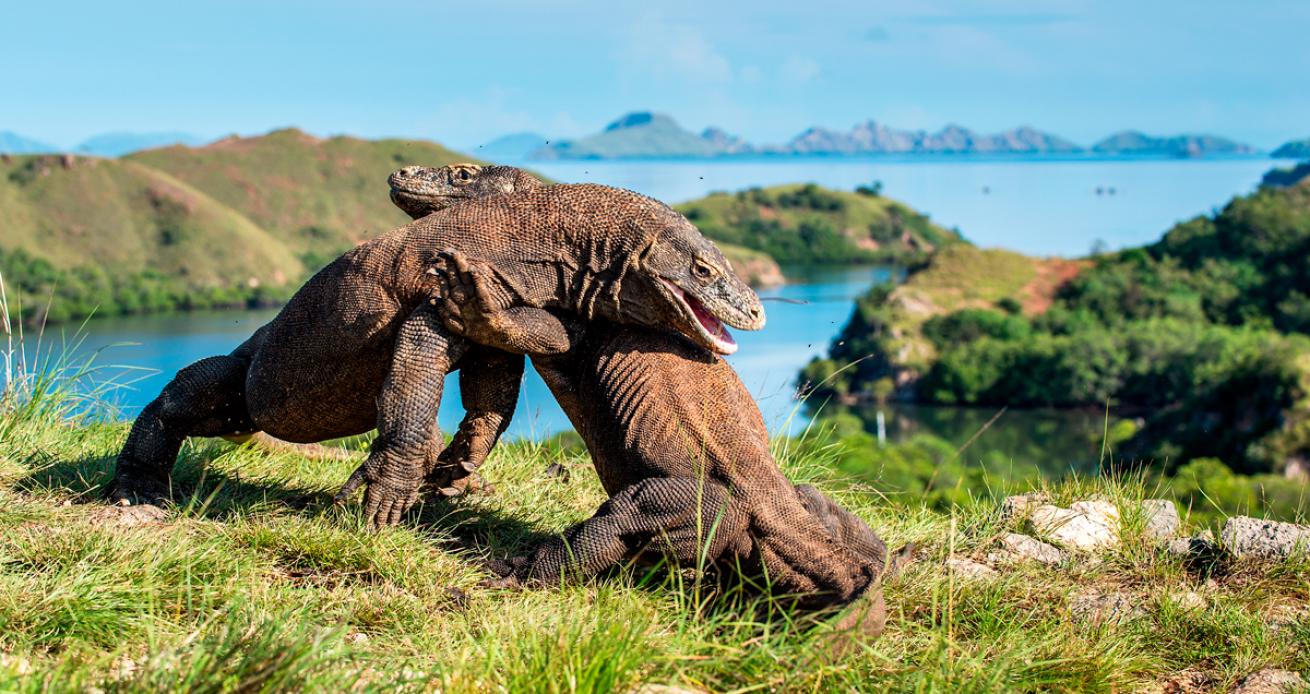
Sergey Uryadnikov/Shutterstock.comThe Komodo dragon (Varanus komodoensis) is the world’s largest lizard species, an apex predator native to just five islands in Indonesia.
Komodo
Indonesia
It’s impossible to know about Komodo dragons and not want to see them in their natural habitat—limited to just five of Indonesia’s Lesser Sunda Islands. Not only is this the world’s largest lizard, measuring up to 81⁄2 feet and 200 pounds, but it’s also one of the smartest, capable of stalking prey for days—making visits to Komodo National Park all the more exciting. The park, also a UNESCO World Heritage Site as of 1991, includes the islands of Rinca and Padar along with Komodo, and is home to some 5,700 dragons. De- pending on the season, it’s possible to see the babies, no bigger than iguanas. Like the adults, they are fearless.
The M/V Tiare liveaboard, sailing throughout Indonesia, visits the park on every itinerary that includes Komodo diving. A ranger meets the group at the park for a tour. Riki Pratama, marketing manager for the yacht, recalls his favorite encounter. “We smelled the carcass before we saw the dragon feasting. He was not moving at all, save for his eyes that tracked as we moved to take photos.”
The group stayed 10 minutes just watching. “I was amazed, but also couldn’t stop looking around just to be alert,” he says.
The dragons are capable of taking down deer, the staple of their diet.
“I’ve also heard that local people stack thick layers of rock on their dead relatives’ graves because the Komodos are known to dig them up and eat them.” The lizards have become a part of daily life that locals have learned to work around. - Wayne Brown, CEO of the Aggressor Fleet, whose Indo Aggressor also stops on the island, says the lizards are something he would never quite get used to. “We saw a broom handle poking out of a house window, and realized the homeowner was trying to scare off a dragon that had climbed up on his porch. I hadn’t really considered that before—that sometimes these people can’t leave the house if there’s a dragon on the porch.”
- Climate As is typical for islands near the equator, it tends to be in the mid-80s year-round.
- What To Bring This is definitely a trip where you need to think about shoes: You’ll want something that can handle wet landings and is comfortable enough for short walks. Most Komodo sailings also include hikes to don’t-miss views, so bring sneakers or some kind of sturdy shoe.
- Trip Tips If flying through Bali, add at least two or three days to tour temples—the island is home to more than 10,000.
- When To Go December to March is the rainy season.





